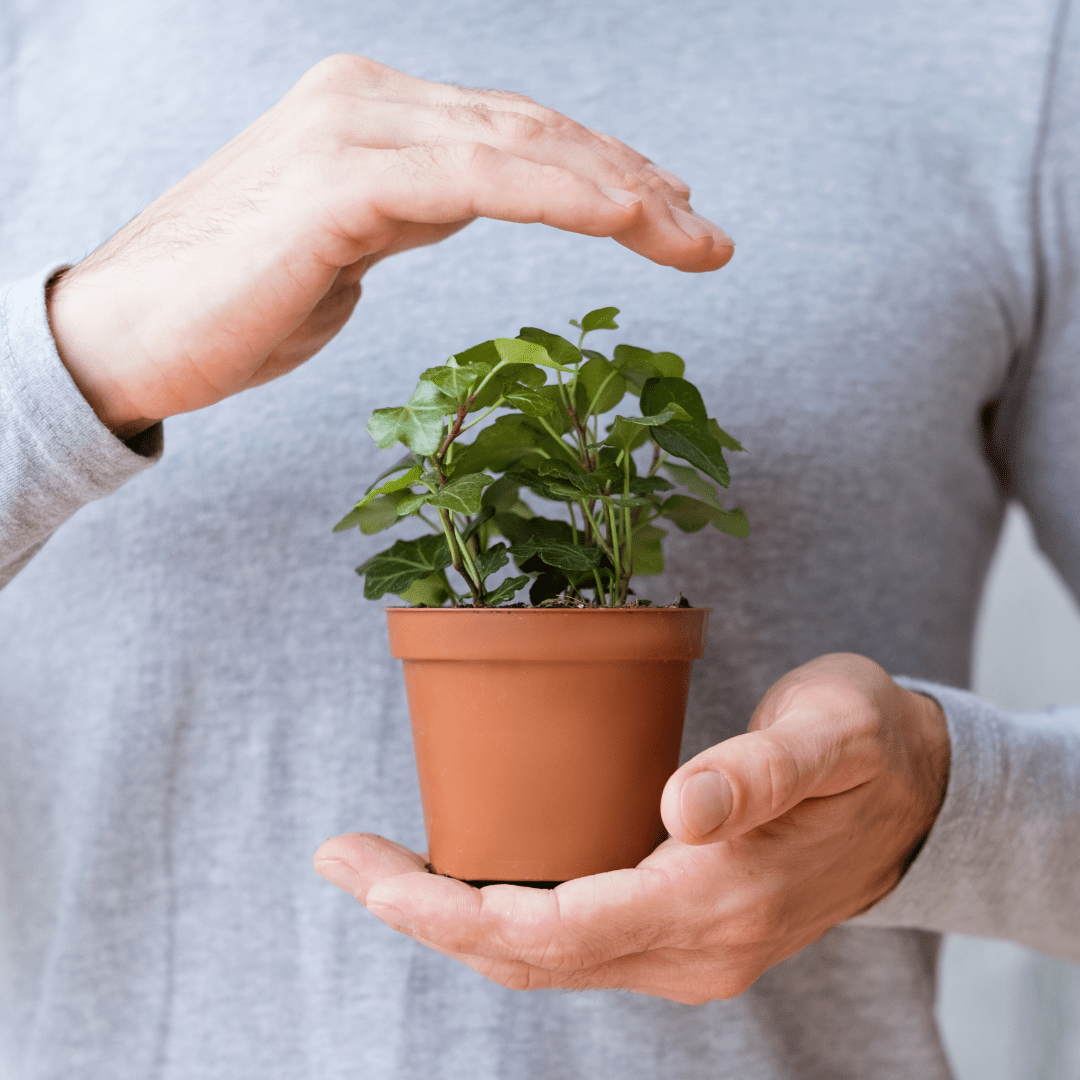In a world that is increasingly embracing sustainability, exploring eco-friendly practices in the textile industry has become more crucial than ever. One such traditional and environmentally conscious technique is block printing. In this blog post, we delve into the fascinating world of block printing and its sustainable aspects, specifically focusing on fabrics like Thick Linen, Pure Linen, Pure White Linen, Viscose Linen, Thick Cotton, Duck Canvas, and Off White Linen. Join us as we explore the sustainable beauty of block printing on these fabrics and its positive impact on the environment.
1. Understanding Block Printing:
Block printing is an ancient printing method that involves using carved blocks to transfer designs onto fabric. Artisans create intricate patterns on wooden or linoleum blocks, which are then dipped in natural dyes or water-based inks before being pressed onto the fabric. This manual technique not only produces unique and artistic designs but also minimizes the use of energy and harmful chemicals.
2. Sustainable Aspects of Block Printing:
a. Use of Natural Dyes: Block printing traditionally utilizes natural dyes sourced from plants, flowers, and minerals. These dyes are non-toxic, biodegradable, and pose minimal harm to the environment. They are a healthier alternative to synthetic dyes that contain harmful chemicals.
b. Minimal Water Consumption: Block printing requires significantly less water compared to other textile printing methods. The use of water-based inks and efficient dyeing processes ensures that the water footprint remains low.
c. Low Energy Consumption: Unlike industrial printing methods that heavily rely on machines, block printing is a labor-intensive technique that requires minimal energy consumption. This makes it an eco-friendly choice as it reduces carbon emissions.
d. Waste Reduction: Block printing generates less waste as the carved blocks are reusable, and any leftover dyes can be repurposed. Artisans often adopt recycling practices, making it an environmentally conscious approach.
3. Sustainable Fabrics for Block Printing:
a. Thick Linen: Thick Linen, known for its durability and natural texture, is an excellent choice for block printing. Its breathability and absorbency make it ideal for vibrant designs, while its sustainable properties ensure a long-lasting garment.
b. Pure Linen: Pure Linen, made from flax fibers, is a sustainable fabric that requires minimal water and pesticides during cultivation. When block printed, it creates a beautiful blend of natural texture and intricate patterns.
c. Pure White Linen: Pure White Linen serves as an excellent canvas for block printing. Its light color enhances the visibility of vibrant prints, and its eco-friendly properties add to the overall sustainability of the finished product.
d. Viscose Linen: Viscose Linen, a blend of natural fibers and viscose, combines the breathability of linen with the softness and drape of viscose. Block printing on Viscose Linen produces a unique fusion of textures and sustainability.
e. Thick Cotton: Thick Cotton is a versatile fabric that offers excellent absorbency and strength. When block printed, it showcases bold and vivid designs while remaining eco-friendly due to its natural composition.
f. Duck Canvas: Duck Canvas, a heavyweight cotton fabric, provides a sturdy base for block printing. Its durability ensures longevity, while its sustainable attributes contribute to an environmentally friendly product.
g. Off White Linen: Off White Linen offers a natural and organic canvas for block printing. Its subtle hue adds elegance to printed designs, making it a popular choice among eco-conscious consumers.
Conclusion:
Block printing on fabrics such as Thick Linen, Pure Linen, Pure White Linen, Viscose Linen, Thick Cotton, Duck Canvas, and Off White Linen not only showcases the craftsmanship and artistic vision of artisans but also promotes sustainability in the textile industry. By embracing this traditional printing technique, we can reduce the carbon footprint, minimize water consumption, and promote the use of natural dyes. So, let's celebrate the sustainable beauty of block printing and support the artisans who keep this ancient art form alive.
The Sustainable Art of Block Printing on Various Fabrics

0 comments


